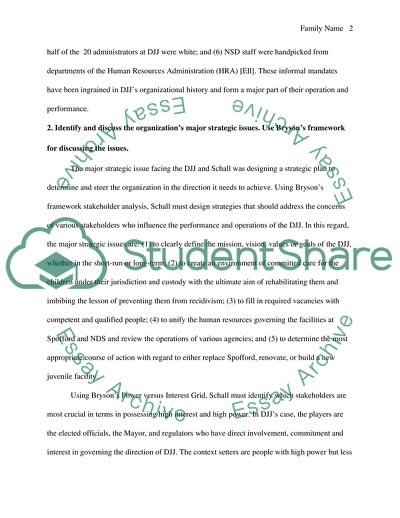Cite this document
(Ellen Schall and the Department of Juvenile Justice Essay, n.d.)
Ellen Schall and the Department of Juvenile Justice Essay. https://studentshare.org/law/1760611-schall-2
Ellen Schall and the Department of Juvenile Justice Essay. https://studentshare.org/law/1760611-schall-2
(Ellen Schall and the Department of Juvenile Justice Essay)
Ellen Schall and the Department of Juvenile Justice Essay. https://studentshare.org/law/1760611-schall-2.
Ellen Schall and the Department of Juvenile Justice Essay. https://studentshare.org/law/1760611-schall-2.
“Ellen Schall and the Department of Juvenile Justice Essay”. https://studentshare.org/law/1760611-schall-2.


